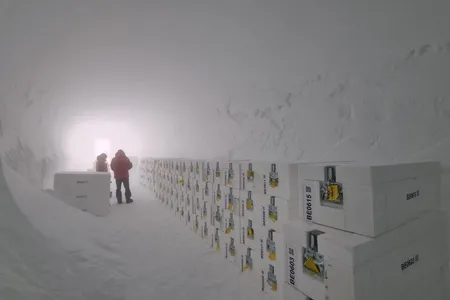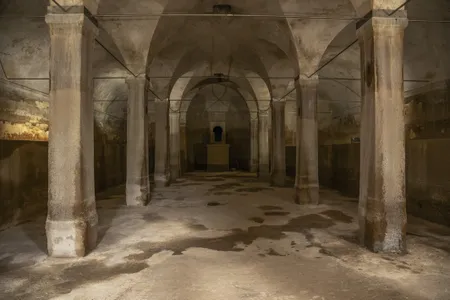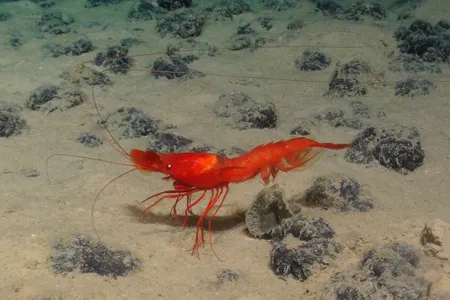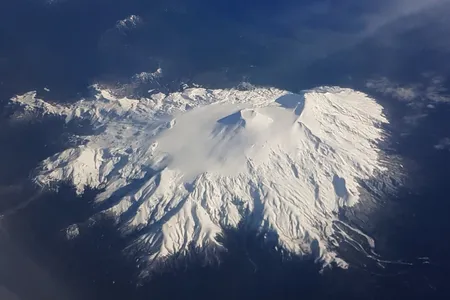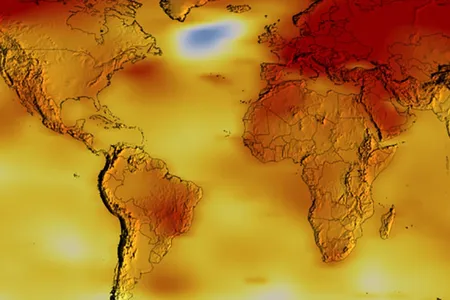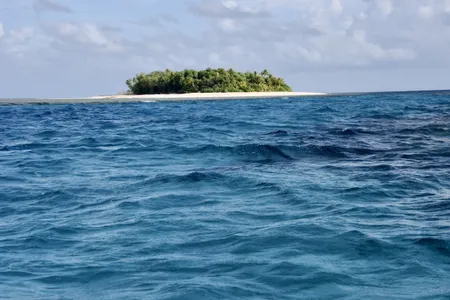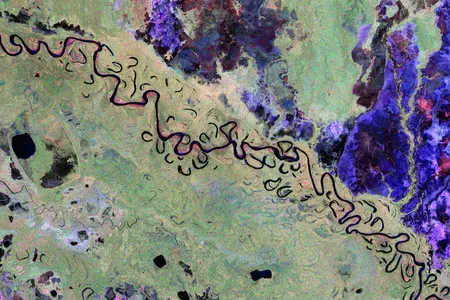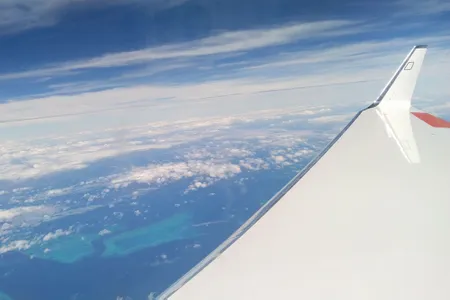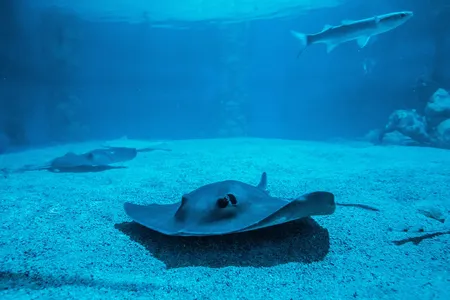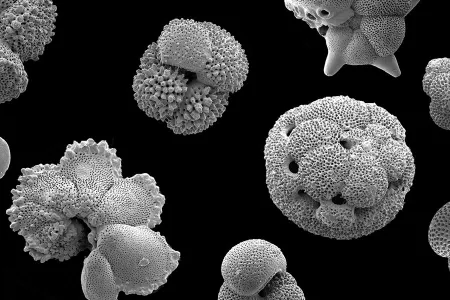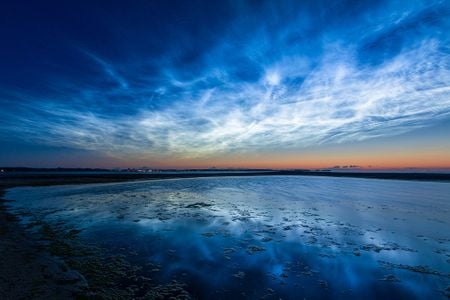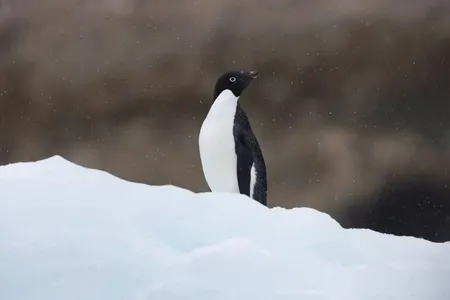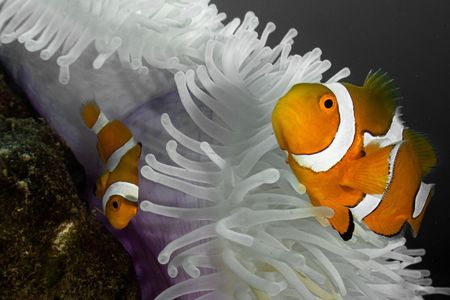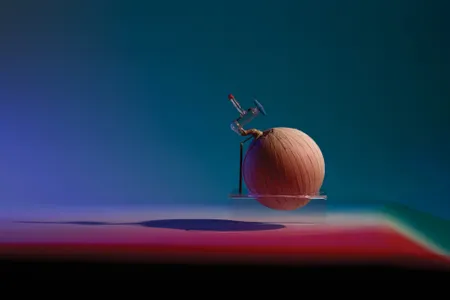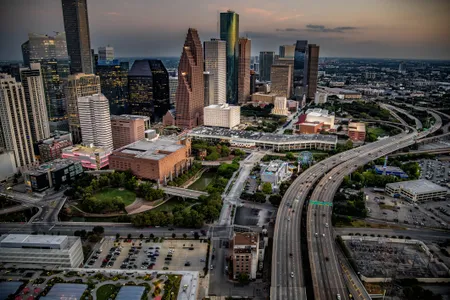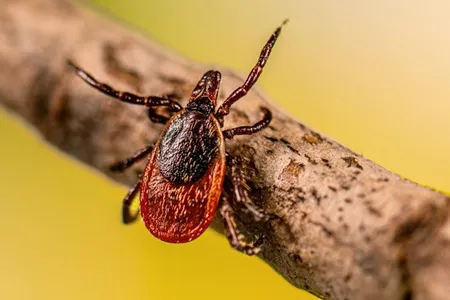Scientists Will Melt the World’s ‘Oldest Ice’ to Reveal Its Secrets and Uncover a Climate Record of 1.5 Million Years
The ice cores could offer clues about a period known as the Mid-Pleistocene Transition that has long puzzled scientists
Athens Is Reviving a 2,000-Year-Old Roman Aqueduct to Deliver Water to the City Amid Prolonged Droughts
With the capital’s reservoirs approaching historic lows, officials are turning to ancient engineering to conserve potable water
As Interest in Deep-Sea Mining Grows, Scientists Raise Alarms About the Possible Ecological Consequences
Gathering minerals such as nickel, cobalt, manganese and lithium from the seabed could affect everything from sponges to whales. The long-term effects of these extractions remain uncertain
Melting Glaciers Will Lead to More Volcanic Eruptions, Study Suggests. Now, All Eyes Are On Antarctica
New research from the Chilean Patagonia has identified a link between glacial retreat and underground volcanic activity
Scientists Shed Light on the Mysterious ‘Cold Blob’ in the North Atlantic Amid a Search for Its Cause
In two recent studies, researchers suggest a weakening ocean current system is to blame for a persistent cold spot in the Atlantic Ocean, though other factors may also be at play
More Than One-Third of Tuvalu’s Population Has Applied for a ‘Climate Visa’ to Relocate to Australia
The world-first climate visa agreement will grant permanent residency status to 280 Tuvaluans per year as the island nation grapples with sea-level rise
These Colorful Satellite Views Reveal Our Forests in Unprecedented Detail and Showcase the Potential of the New Biomass Mission
The European Space Agency’s satellite will measure trunks, branches and stems in forests to shed light on how much carbon is stored in trees across various continents
Scientists Are Just Beginning to Understand How Life Makes Clouds, and Their Discoveries May Drastically Improve Climate Science
Plants, plankton and sea spray all release elements that help the atmospheric blankets form
Can the Redfish, That Gulf Coast Culinary Icon, Be Brought Back From the Brink?
The Cajun cooking craze nearly wiped out the species native to Louisiana, but conservation stemmed the tide. Now the fish faces new threats
Climate Activist Throws Bright Pink Paint on Glass Covering Picasso Painting in Montreal
The stunt is part of an environmental organization’s efforts to draw attention to the dangerous wildfires spreading through Canada
More Countries Agree to Protect the ‘High Seas’ in a Step Toward Wider Ocean Conservation
The High Seas Treaty, which would allow nations to create marine protected areas in international waters, is now expected to take effect in early 2026—without the United States on board
These Tiny, Beautiful Fossils Detail the History of the Ocean
Bountiful remains of foraminifera reveal how organisms responded to climate disturbances of the past
NASA Wants Your Help to Study These Rare, High-Altitude Clouds That Appear to Glow at Sunrise and Sunset
Noctilucent clouds usually form close to the poles, but in recent decades, they’re being spotted closer to the Equator
Penguin Poop Helps Drive Cloud Formation Over Antarctica, According to a New Study
The ammonia from Adélie penguin guano reacts with sulfur-containing gases in the atmosphere to aid in forming clouds, which scientists say may be significant to regulating the climate
Clownfish Shrink Down Their Bodies to Survive Ocean Heat Waves, New Study Suggests
The adaptation appears to help the fish cope with high temperatures, since individuals and breeding pairs that shrank improved their survival odds
This Simple but Ingenious Instrument Helped the World Measure Carbon Dioxide Levels in the Atmosphere
Scientist Charles Keeling’s invention had a profound effect on scientists’ understanding of the severity of the climate change crisis
Climate Change Is Threatening Eye Health in Disturbing Ways
Cataracts, pinkeye and other ocular disorders are linked to heat, air pollution and higher UV exposure
The Land Beneath the Biggest U.S. Cities Is Sinking, Finds New Analysis of Satellite Data
Largely due to groundwater pumping and shifting of land after the last ice age, major urban areas are subsiding, which could destabilize buildings or worsen flooding
To Truly Experience These Five Cities, Wake Before Sunrise
Everyone focuses on a destination’s nightlife, but perhaps we should be more concerned with what its early morning hours have to offer
A Potentially Life-Threatening Disease Caused by Ticks Is Expanding to New Parts of America
Babesiosis typically occurs in the Northeast and the Upper Midwest, but new research suggests rare cases are emerging in the mid-Atlantic region including Delaware, Maryland and Virginia
Page 1 of 94
